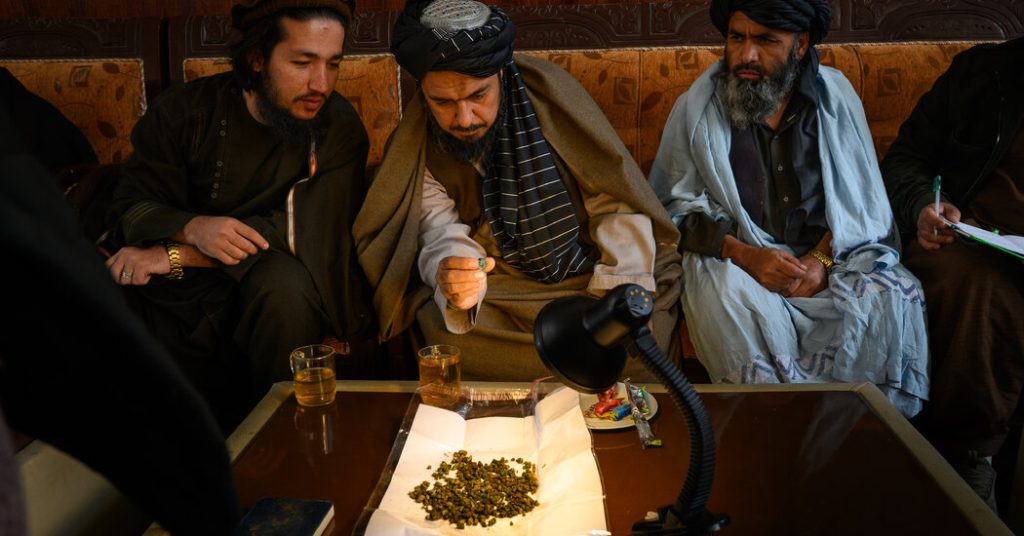The Taliban in Afghanistan have recently begun holding weekly gemstone auctions in an effort to take advantage of the country’s vast mineral and gemstone potential as a source of revenue. The Taliban government has signed deals with numerous investors to mine various valuable minerals, such as gemstones, gold, copper, and iron. These investments are seen as a potential lifeline for the struggling Afghan economy. Foreign investors, including those from China, Russia, and Iran, have shown interest in mining operations in the country, filling the void left by the chaotic U.S. withdrawal in 2021.
It is estimated by the U.S. government that Afghanistan holds at least $1 trillion in mineral deposits beneath its rugged landscape, including a wide range of minerals such as copper, gold, zinc, and rare earth elements. The country also boasts precious and semiprecious gemstones like emeralds, rubies, sapphires, and lapis lazuli. The Taliban are now trying to capitalize on these resources to generate revenue and support the economy, following the U.S.’s unsuccessful attempts during its 20-year occupation to develop sustainable mining projects due to numerous challenges including security issues, corruption, and inconsistent regulations.
The Afghan economy has suffered a significant contraction in recent years, with the World Bank reporting a 26% decline in GDP over the past two years. The sharp reduction in international aid following the U.S. withdrawal has left Afghanistan struggling to find alternate sources of economic growth, further exacerbated by the Taliban’s ban on opium production. Mining has emerged as a potential replacement for opium cultivation and a way to generate steady revenue for the country, with investments being made in various mines by countries like Turkey, Qatar, China, and Iran.
Under the previous government, the emerald trade in Afghanistan was rife with corruption, with warlords and politically connected dealers dominating the sector. Tax collection on gemstone sales was inconsistent at best. However, the Taliban government has taken control of the emerald trade, implementing weekly auctions where they tax all sales of emeralds, rubies, and sapphires. Dealers buying gemstones at these auctions are required to pay a 10 percent levy before receiving the stones. While some dealers are supportive of these efforts, there are concerns about how the revenue generated will be used to benefit the Afghan people.
The Ministry of Mines and Petroleum in Afghanistan has issued licenses for mining emeralds, rubies, and other precious stones in various provinces of the country. However, many of these mines have yet to open due to challenges such as poor infrastructure and a lack of experienced engineers and technical experts. The involvement of foreign investors, who bring in expertise and are required to train Afghan workers, is seen as crucial for the success of these mining projects. Most gemstones bought at the auctions in Afghanistan are usually resold to foreign buyers, with dealers exporting their products to countries like the United Arab Emirates, India, Iran, and Thailand.
Gemstone dealers in Kabul, Afghanistan, are adapting to the changing market conditions brought about by the Taliban regime, with some exploring new international markets to maintain their sales. While sales to foreign buyers remain a key source of income for these dealers, they also express nostalgia for the pre-Taliban era when buyers from Western countries frequented their shops. The challenges of selling gemstones in the current Afghan market, which is largely dependent on foreign buyers due to the high cost of gemstones for local consumers, highlight the complex economic landscape in the country and the need for sustainable revenue streams to support its struggling economy.


